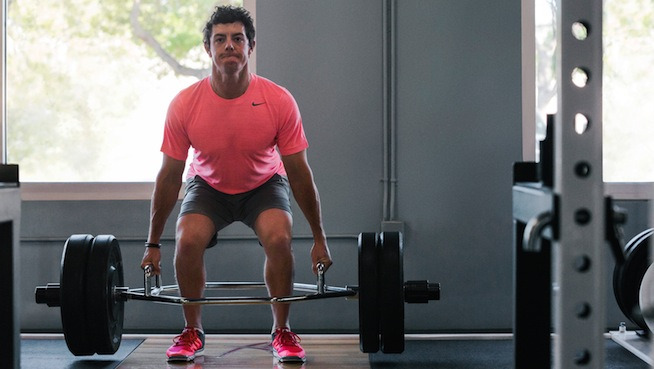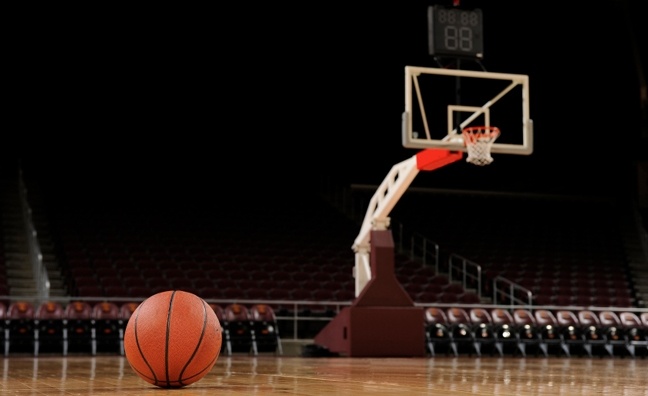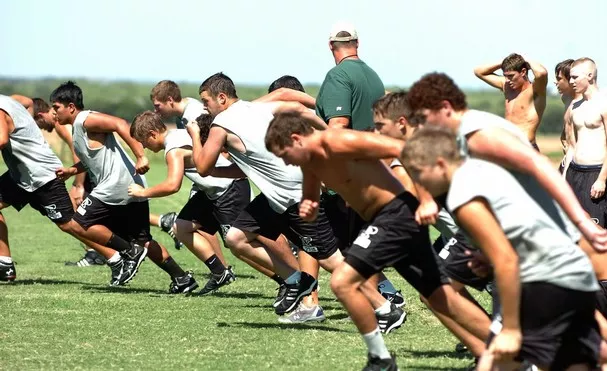There is a common misconception in the basketball community that more actual basketball is the only and best way to get better. Of course, the ones that have figured out it takes more than on-court drills and pick-up games to get better, are already ahead of the game.
Many, unfortunately, still have not bought-in to this concept of using strength and conditioning workouts for basketball to improve their game via athleticism, injury mitigation and improved work capacity. And that goes for players and coaches alike. There are several theories I have on why basketball players don’t gravitate towards the weight room for improvement like football players do, but I’ll save that for a rainy day.
For now, I want to share some versatile programming options that can help you get the most out of your basketball players, even if they aren’t so sure about the weight room (yet).
This is not a best list or even an extensive list of options. These are rules or set-in-stone methods. These are simply some helpful tools you can add to your coaching toolbox and use if you’re ever in need or have the ability to use them in your basketball conditioning program.
Sport-Specific?
I know what you’re thinking. Why is this for basketball players? Can’t they just bench, squat and clean to get stronger? Won’t getting stronger automatically make them faster and more explosive?
I wish it was that easy. Strength is definitely a huge piece of the puzzle, but there’s more to it.
In all reality, basketball players do need some specified work - in my opinion. These athletes have some of the most awkwardly built frames and unique structures on the planet. Sometimes they simply can’t - and shouldn’t - do a traditional training program.
Here’s a brain teaser for you: Right now, jog your memory for the 2-3 weirdest looking bodies you’ve ever trained. I already know they are probably basketball players. Then ask, does that athlete need some individualization in their program to get the most out of each movement? Yes. They do.
Here are mine, just for the fun of it:
- The 6’6 fourteen year old who has only played basketball his entire life. His legs make up ¾ of his body. His shoulders are wider than his torso is long. His calves are bigger than his thighs. He wears a size 16 shoe, and has absolutely no arch in either foot.
- The 5’11 point guard with a 6’4 wingspan. His arms give any ball handler and strength coach nightmares. He has a short torso, which make his arms appear even longer. He is slightly pigeon-toed. Lumbar Lordosis is his actual middle name. He is the definition of joint laxity, too.
Basketball players truly do have some of the most amazingly odd frames. It’s what makes them extremely good at their sports, but also what justifies giving them some individualization when possible. This gives us coaches a better chance to physically prepare them for the demands of the game while also developing them into a more responsible athlete in the weight room.
In my private setting, this is easy. In a team setting, this is where things get tricky. My goal is to help bridge the gap between those two settings by providing some big bang for your buck swaps that may be better for your basketball bodies than a traditional lift.
Use a Neutral Grip When You Can
One of my favorite programming tweaks is to utilize a neutral grip, especially for long-limbed athletes. This goes beyond pressing and rowing variations, too. Neutral grips can be used on deadlifts, squats and many other movements as well.
In terms of the foundational exercises, you might swap out barbell deadlifts for trap bar deadlifts. The elevated, neutral grip handle can be more accommodating to the frame of the athlete and put them in a better position to safely complete the lift.
Speaking of front rack position, if an athlete can’t get there, I prefer to use lifting straps around the bar as a crutch instead of the cross-armed grip. This also puts the athletes wrists in a neutral position, for what it’s worth.
Also, pressing variations like bench variations and overhead pressing can be swapped for the neutral grip options. On chest-dominant lifts, the neutral alignment of the hands can allow a better shoulder position for the athlete with less stress on the shoulder, elbow and wrist joints.
A landmine setup can be used to simulate overhead lifts. This not only allows athletes to have a neutral grip, but also allows them to press safely overhead without risking common compensations like rib cage flare, low-back arching or scapular depression.
Changing the grip may not seem like much, but it can play a huge role in exercise execution for basketball players and keeping their most important & overused joints healthy.
Front Load Squat Variations
Another great basketball conditioning programming rule of thumb is to front load all your squat variations. Front Squats, Goblet Squats, Counterbalance Squats, 2KB Front Squats, Spanish Squats… the list goes on and on. These are all great for not-so-great squatters.
Also, you can front load unilateral squat variations such as lunges or split squat variants that can allow the above loading methods.
There are tons of reasons why a typical back squat may go wrong for a basketball player. Ankle mobility could be poor. Center of mass can be really high. Upper back could be super weak. Sometimes all of these things at once. No matter the case, the following situation usually happens in one way or another.
The athlete takes a back squat down and their torso begins to excessively lean forward. They either:
- Hyperextend the low back to counteract that forward weight shift, putting stress on the spine.
- Keep drifting forward as their heels raise off the ground, putting stress on the knees.
- Continue this pattern, which ends up becoming a Good Morning rather than a squat.
Sometimes a back squat just isn’t the right lift for an athlete, and if they aren’t a competitive powerlifter, then why do we really need to force them into that?
Front loading the squat allows them to train the very important squat pattern in a safer position. Plus, it has some built-in demands that can help the athlete ultimately get better at the squat movements rather than the back squat exercise. It requires the athlete to keep an upright torso, braced core, demonstrate a full range of motion at the ankle, knee and hip joints and doesn’t involve shearing or compressive forces.
It doesn’t have to be forever, but it can help them progress faster while getting stronger at the same time.
Focus on Jump Speed, Not Just Jump Height
A paradigm shift that has happened for me over the last few years is the involvement of RSI, the reactive strength index, our athletes’ training. RSI is an expression of the stretch-shortening cycle (SSC) and essentially a really fancy way to say: “Maximal Force Output, Minimal Time.”
Yes, we want our athletes to jump high but we need them to jump high, faster.
We’ve shifted our focus to include more RSI training with plyos like Depth Drops, Continuous Bounding (both linear and laterally) and Pogo Jumps. These drills allow athletes to train and improve their SSC so they not only can improve jump height but also jumping (and running) speed.
Simply doing box jumps won’t cut it after a certain point. Plus, most athletes butcher those anyway. Adding in some of these types of plyos can help athletes really maximize their athletic potential. Plus, it had benefits of to their lifting performance as well. Developing a higher rate of motor unit recruitment and increasing force production can help them burst through strength plateaus on big lifts, ultimately helping them gain strength. Then, it’s just a continuous cycle of improvement.
Hopefully these tips help you get everything out of your players in the weight room this offseason and make some huge impacts on their performance next season and beyond!

Subscribe to our blog
Subscribe to receive the latest blog posts to your inbox every week.
Related posts

Why Are Pro Golfers Now Taking Strength and Conditioning Seriously?

Using Pre-Game Jitters to Boost Your Athletic Performance

